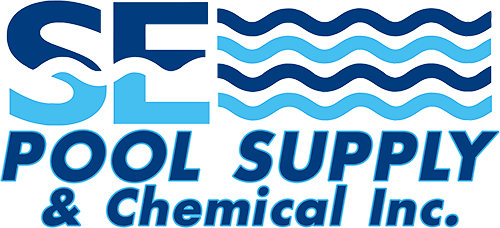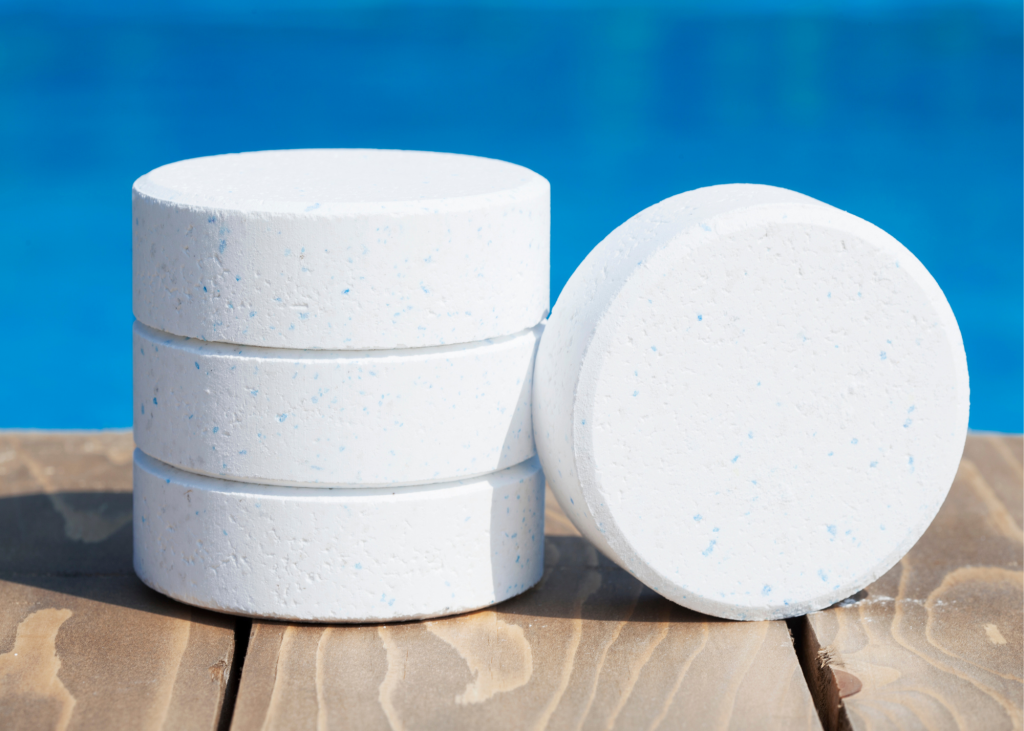Back in the day, chlorine was the preferred swimming pool water treatment, and chlorine is still the most commonly used treatment to curb the growth of algae and bacteria and to sanitize pool water. However, at higher levels, chlorine can be a bit abrasive – causing eye and skin irritation, allergic reactions and even exacerbate asthma and bronchitis. Today, there are chlorine alternatives pool owners may want to consider. Here are the pluses and minuses of a few:
Copper ionization is a process which releases metallic ions into the water with a low voltage current. The result is positively charged ions which are attracted to and rid your pool water of negatively charged bacteria and algae. This system is not affected by sunlight, will not cause eye or skin irritation, and makes proper pH maintenance is easier. It is easy to install, maintain and can be retrofitted for existing chlorine pools.
Saltwater pools, which are popular, convert sodium chloride into chlorine. They still require proper pool water balancing, but are lower maintenance. Saltwater pools will cost you more up front, but less in the long run.
Mineral water is also used in combination with chlorine, but can be expensive. Ultrafiltration, which uses very few chemicals, can also be pricey. UV light can destroy bacteria and viruses, but does not provide proper sanitization.
PHMB is more expensive than chlorine, but more stable, not affected by sunlight and will not irritate eyes or skin, but it may require monthly hydrogen peroxide oxidation and it can react with trace amounts of chlorine so your pool would need to be drained to convert.
Bromine is similar to chlorine, but more expensive, so there are no real benefits to switching there.
And although the initial investment can be expensive, ozonation can help reduce the amount of chlorine required to treat your pool water.



 Hosting NSB
Hosting NSB